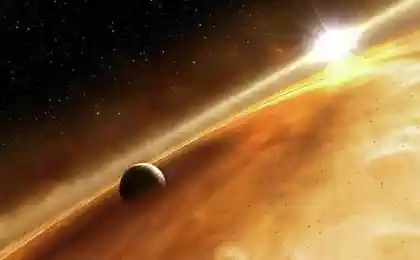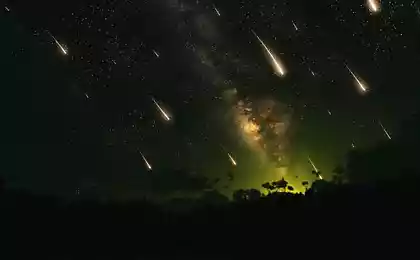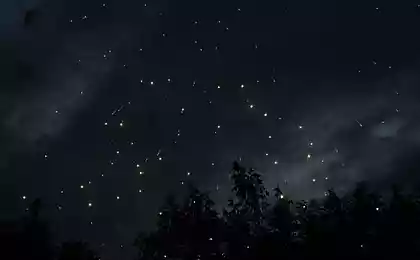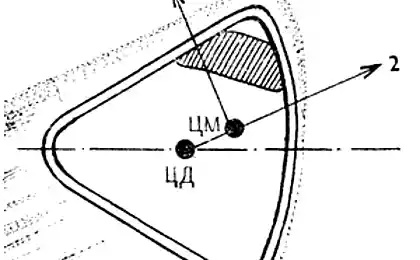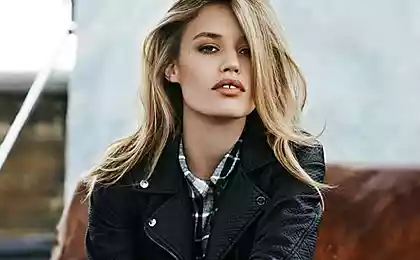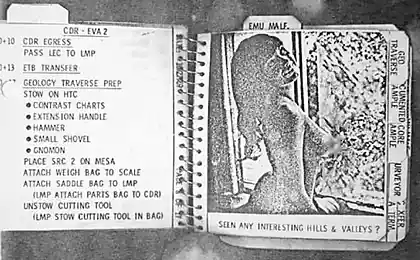502
The schedule of starbursts in the fall
The main thing — time to have time to look at the sky and make a wish. Talk about the evenings and nights when the falling stars to see-simply nowhere!
1. Draconids: 6-10 October (the most intensively — October 8)
Meteor shower Draconids fine. Unlike the others, he is well seen in the evening rather than before dawn. Often rain is not very intense, but sometimes there are bursts. For example, in 1933 and 1946 the flow up to several thousand meteors per hour, and in 2011 the activity was about 300 meteors.
2. Orionid: 2 October – 7 November 2015 (the most intensively — 21 Oct)
Twice a year the Earth passes through a stream of small fragments of Halley's comet. To observe these meteor showers in early may and in the second half of October. Best of orionid visible in the predawn time, the flow is typically 10-20 meteors per hour, and they are quite bright.
3. Leonids: 14-21 November 2015 (the most intensively — November 17)
Leonids — the most spectacular meteor shower of the year. Characteristic whitish fast meteors entering the atmosphere of our planet at a speed of 71 km/s and the Intensity varies each year and depends on the density of the flow, which passes through the Land. In 1966, within 15 minutes it was possible to observe several thousand meteors. published
P. S. And remember, only by changing their consumption — together we change the world! ©
Join us in Facebook and in Vkontakte, and we're Classmates
Source: vk.com/facts2
1. Draconids: 6-10 October (the most intensively — October 8)
Meteor shower Draconids fine. Unlike the others, he is well seen in the evening rather than before dawn. Often rain is not very intense, but sometimes there are bursts. For example, in 1933 and 1946 the flow up to several thousand meteors per hour, and in 2011 the activity was about 300 meteors.
2. Orionid: 2 October – 7 November 2015 (the most intensively — 21 Oct)
Twice a year the Earth passes through a stream of small fragments of Halley's comet. To observe these meteor showers in early may and in the second half of October. Best of orionid visible in the predawn time, the flow is typically 10-20 meteors per hour, and they are quite bright.
3. Leonids: 14-21 November 2015 (the most intensively — November 17)
Leonids — the most spectacular meteor shower of the year. Characteristic whitish fast meteors entering the atmosphere of our planet at a speed of 71 km/s and the Intensity varies each year and depends on the density of the flow, which passes through the Land. In 1966, within 15 minutes it was possible to observe several thousand meteors. published
P. S. And remember, only by changing their consumption — together we change the world! ©
Join us in Facebook and in Vkontakte, and we're Classmates
Source: vk.com/facts2









